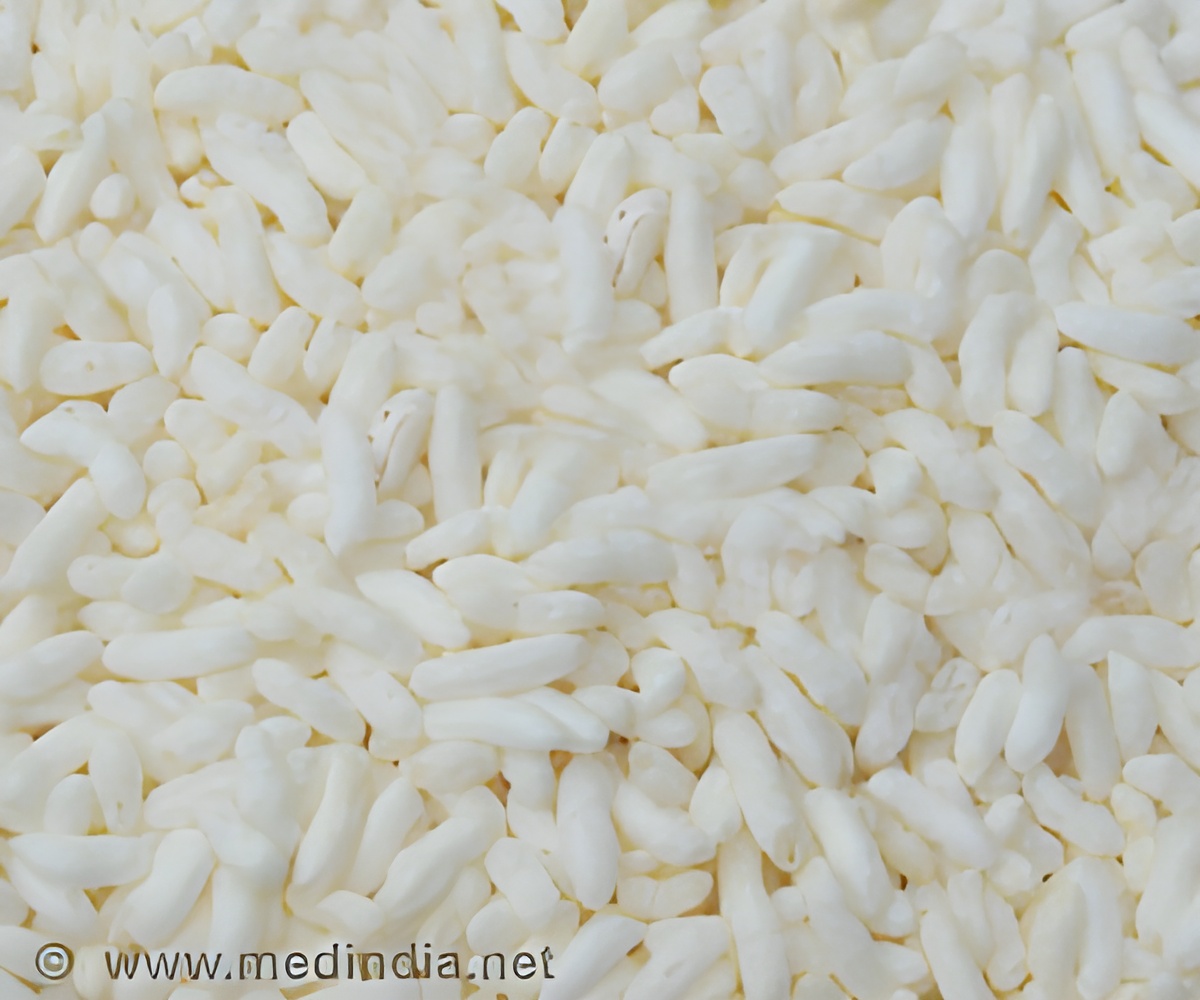
Olsen, postdoctoral researcher Cindy Vigueira, and their colleagues have shown that different mutations of the same genes underlie the loss of shattering, and the straw-colored hulls and white grains of both Asian and African cultivated rice.
Both Asian and African cultivated rice "broke" at roughly the same places under selection pressure from early farmers.
Like domestication, de-domestication, or evolution from the crop species of unpalatable weedy species that have many wild-like traits, also seems to have happened twice.
One weedy strain resembles an Asian rice variety grown only in a small part of the Indian subcontient and the other strain resembles a rice grown in the tropics.
Because the weedy forms are closely related to rice varieties that were never grown in the US, they probably arrived as contaminants in grain stocks from Asia instead of evolving directly from the tropical japonica crops grown here.
Advertisement
At the genetic level the history of the weedy forms turns out to be messier than that of the crop forms.
Advertisement
Even though both weedy strains arose in Asia, he said, weedy rice became a problem in southeast Asia only in the last few decades. The reason is that rice seedlings were traditionally grown in paddies and then transplanted to the fields by hand. As they worked in the fields, farmers would recognize and pull weeds growing there.
The findings have been published online in the Journal of Evolutionary Biology.
Source-ANI










